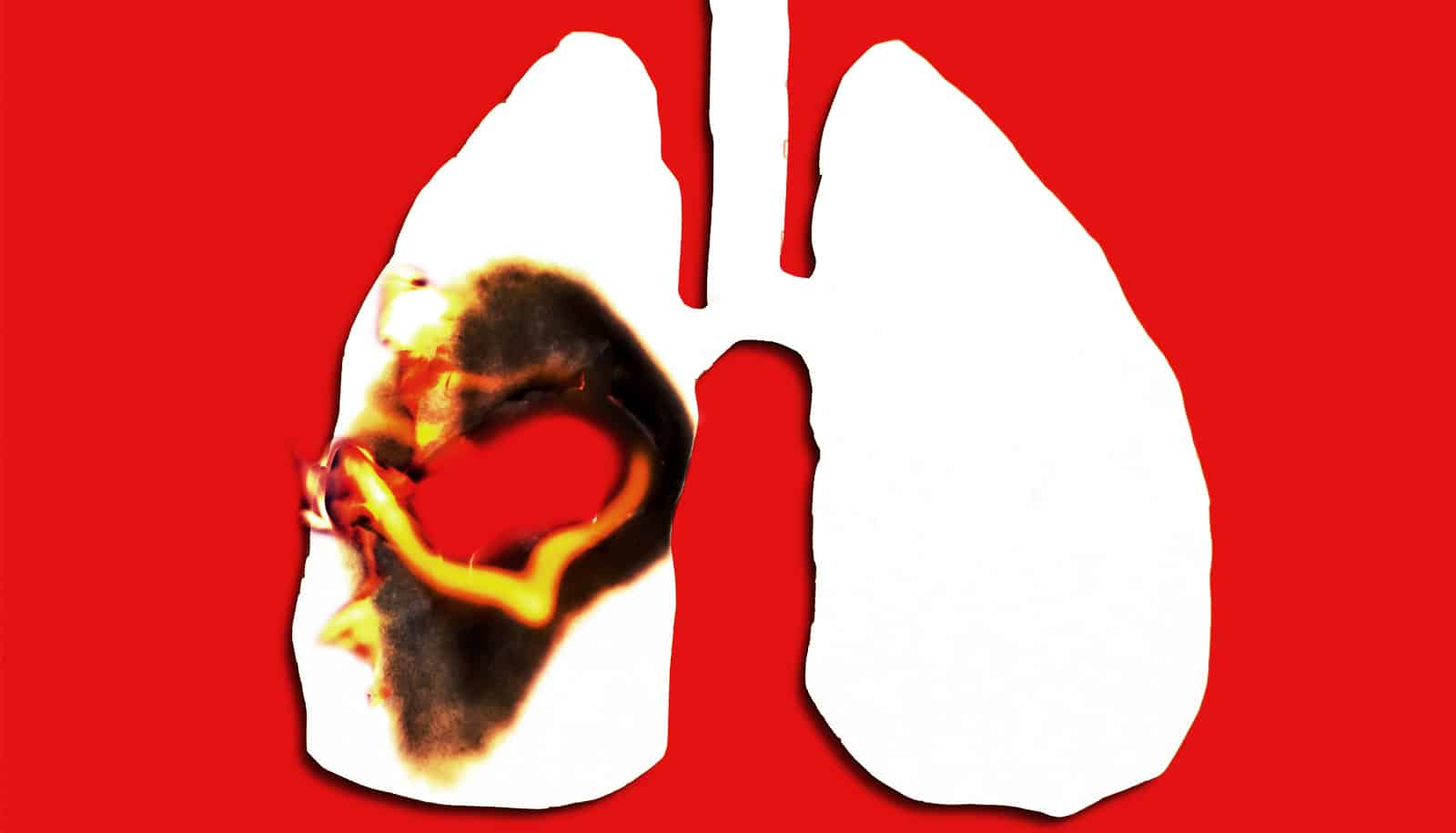A protein derived from ticks enhances the effectiveness of antibiotic treatment for methicillin-resistant Staphylococcus aureus, or MRSA, a new study shows.
Using the protein in combination with existing treatments might help address the growing challenge of MRSA and other staph infections, researchers say.
Resistance to antibiotic treatment is a widespread problem in medicine—and MRSA can cause deadly infections. Some staph bacteria are able to resist treatment in part because they secrete a protective outer layer—a biofilm—that prevents the immune system and antibiotics from gaining access to them.
For the new study, published in Antimicrobial Agents and Chemotherapy, researchers identified IAFGP, a tick protein that alters the biofilm. Scientists combined the protein, and a molecule derived from it, with antibiotics currently used to treat MRSA as well as other antibiotics that are not standard treatment.
Ticks move across town to spread Lyme disease
When they tested the combination of agents—IAFGP with three different antibiotics—in culture and in MRSA-infected mice and flies, each case showed that the combination improved the ability of the antibiotic to combat the bacteria.
“If you take this protein and you add it to the current treatment, it makes the treatment much more potent,” says lead author Erol Fikrig, chief of the Infectious Diseases Section at Yale School of Medicine. “If you take the protein and add it to drugs not used in current treatment, it makes them potent as well.”
While the study was not done in humans, it provides a new way to tackle antibiotic-resistance bacterial infections, scientists say. MRSA, which has become resistant to several different antibiotics, can cause severe infections affecting the skin, lungs, and blood.
“Our hope is it expands the group of antibiotics that can be used to treat methicillin,” Fikrig says.
Support for the study came, in part, from the John Monsky and Jennifer Weis Monsky Lyme Disease Research Fund and the Howard Hughes Medical Institute.
Source: Yale University



